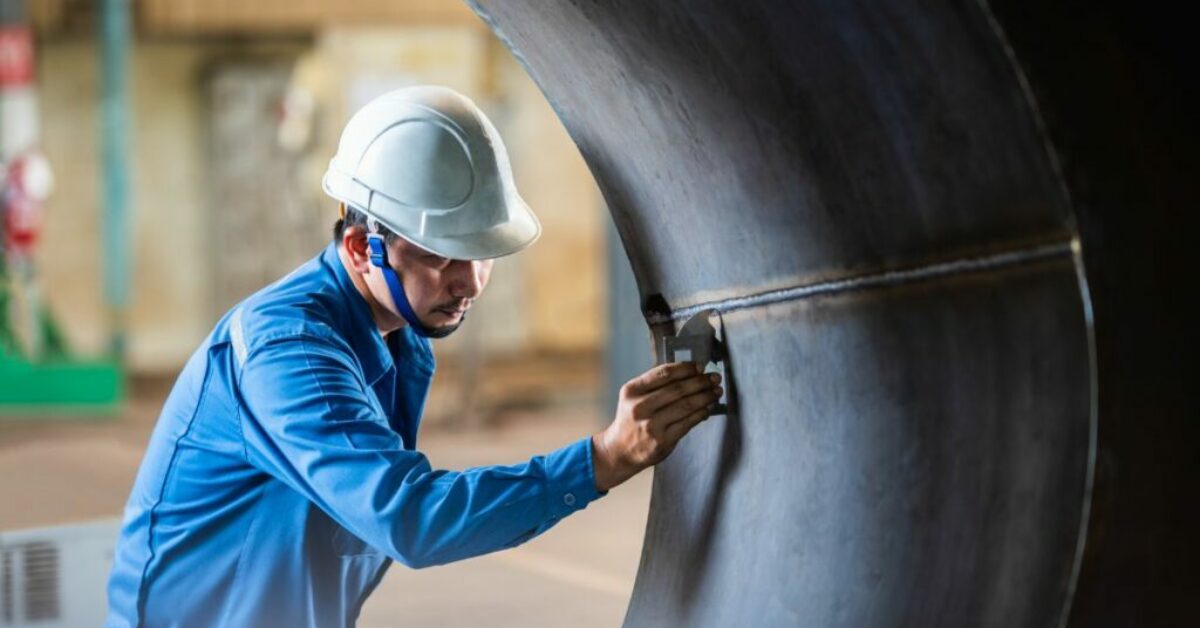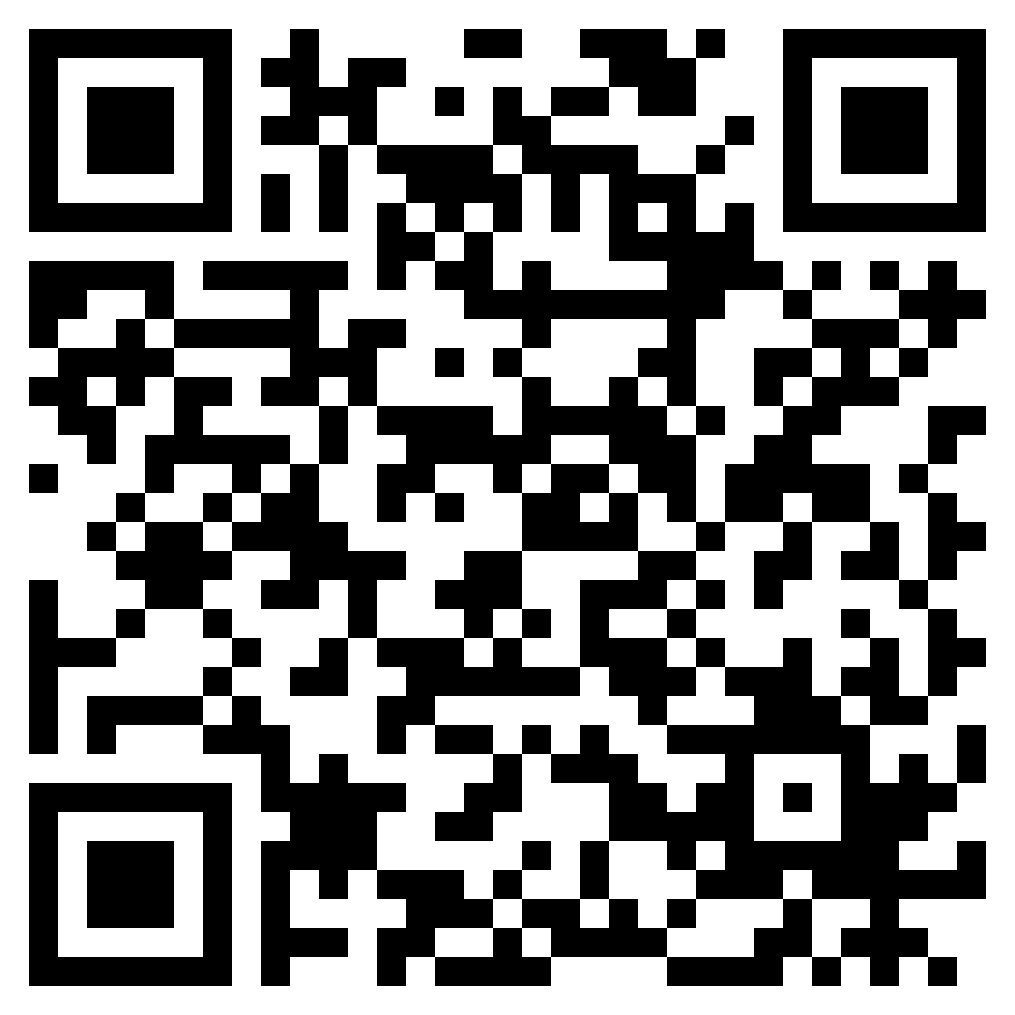Common Issues Found Throughout Welding Inspection Milwaukee and How to Fix Them
Recognizing the Importance of Welding Examination in Ensuring Structural Honesty and Safety And Security Across Various Industries
Welding evaluation is an indispensable procedure that safeguards architectural integrity and safety throughout varied markets. As we discover the ins and outs of welding inspection, the question emerges: what are the most vital variables that add to effective assessment procedures?
Role of Welding Assessment
While the integrity of welded structures is vital to security and efficiency, the role of welding examination can not be overstated. Welding examination acts as a critical quality assurance procedure that ensures the adherence to established standards and specifications throughout the welding operation. By systematically evaluating welds for problems, incongruities, and non-compliance, inspectors play an essential duty in safeguarding the integrity of structures throughout numerous sectors.
Welding assessments include a series of tasks, from pre-weld assessments to post-weld examinations. These analyses not just recognize prospective problems before they escalate but also enhance the total dependability and life expectancy of welded components. Welding Inspection Milwaukee. Evaluations aid to validate the skill and competencies of welders, making sure that welding treatments are implemented properly and products are compatible
Furthermore, a strenuous examination procedure promotes conformity with governing demands and market standards, reducing the danger of catastrophic failings. By promoting a society of safety and responsibility, welding examination contributes considerably to both economic and operational performances. In sum, the role of welding examination is crucial, as it underpins the quality, security, and longevity of welded frameworks vital to modern framework and market.
Kinds Of Welding Examinations
Understanding the numerous sorts of welding assessments is important for preserving the top quality and security of bonded frameworks. Welding examinations can be classified into numerous kinds, each offering a particular objective in the analysis procedure.
Visual inspection is the most basic type, including a cautious exam of the welds with the nude eye or through magnifying. This technique assists identify surface area issues such as fractures, incomplete combination, or too much spatter.
These methods enable examiners to evaluate the stability of welds without endangering the product's framework. Ultrasonic testing makes use of high-frequency sound waves to identify inner defects, while radiographic testing utilizes X-rays or gamma rays to imagine inner weld qualities.
Harmful screening, though much less usual, includes literally checking examples to recognize the weld's mechanical properties. Each kind of evaluation adds to an extensive evaluation, guaranteeing that welding fulfills industry standards and security needs.
Sector Standards and Regulations
Developing industry criteria and regulations is critical for guaranteeing the security and dependability of welded frameworks. These standards function as benchmarks for safety and security, quality, and efficiency, leading producers and inspectors in the execution of welding processes. Numerous companies, such as the American Welding Society (AWS) and the International Organization for Standardization (ISO), have actually created detailed criteria that determine procedures for welding techniques, qualification of welders, and examination methods.
Compliance with these laws not only enhances the top quality of welds however likewise lessens dangers connected with architectural failings. Details codes, such as the ASME Boiler and Stress Vessel Code, summary demands for the construction of stress vessels, ensuring they can withstand operational anxieties. In addition, nationwide and regional policies usually mandate adherence to these sector standards, strengthening their value throughout sectors like construction, aerospace, and automobile manufacturing.
Normal updates to these requirements reflect innovations in modern technology and welding techniques, guaranteeing that precaution continue to be relevant. Therefore, an extensive understanding and execution of these criteria is necessary for welding specialists, fostering a culture of safety and top quality in bonded structures.
Consequences of Poor Inspections
Inadequate examinations can lead to severe repercussions in the welding sector, weakening the very regulations and criteria developed to make sure security and structural integrity. The effects of bad evaluations can manifest in numerous forms, from prompt security threats to long-lasting architectural failures.
Moreover, poor examinations can tarnish a company's online reputation and result in lawful effects, including penalties and lawsuits. Ultimately, the ramifications of poor evaluations extend beyond specific tasks, impacting industry-wide requirements and public assumption, thus stressing the critical demand for rigorous and effective welding examinations.
Ideal Practices for Effective Examinations
Efficient welding inspections are vital to making sure the integrity and safety and security of welded structures. To achieve ideal results, inspectors must stick to several Read Full Article ideal techniques that improve the evaluation procedure.

Secondly, inspectors should have the necessary qualifications and qualifications pertinent to the welding procedures and products being taken a look at. Continuous training and specialist development are crucial to remaining upgraded on sector criteria and technological developments.
In addition, utilizing appropriate inspection devices and techniques, such as visual evaluations, ultrasonic screening, and radiographic examinations, is important for finding flaws that could jeopardize structural integrity.
Finally, comprehensive documents of the assessment procedure is vital. By applying these finest techniques, organizations can dramatically boost the effectiveness of their welding assessments and ensure risk-free, reputable procedures.
Conclusion

In conclusion, welding inspection is essential for preserving structural honesty and safety throughout numerous industries. By systematically assessing welds and adhering to well-known standards, the evaluation procedure minimizes dangers related to problems and non-compliance. The implementation of best techniques in welding evaluations not only boosts the dependability and lifespan of bonded elements but also promotes market regulations. For that reason, focusing on effective welding inspections is necessary advice to guarantee the safety and security of workers, assets, and general operational integrity.

As we check out the details of welding inspection, the inquiry emerges: what are the most important elements that contribute to effective evaluation procedures?
Welding evaluation offers as a vital quality control procedure that guarantees the adherence to developed standards and requirements throughout the welding operation. In amount, the function of welding assessment is vital, as it underpins the quality, safety and security, and durability of bonded structures essential to contemporary framework and sector.
Different companies, such as the American Welding Society (AWS) and the International Company for Standardization a fantastic read (ISO), have actually created extensive criteria that dictate treatments for welding methods, qualification of welders, and assessment strategies.
Ultimately, the implications of inadequate assessments expand beyond specific projects, impacting industry-wide requirements and public perception, thus emphasizing the important demand for efficient and extensive welding examinations.